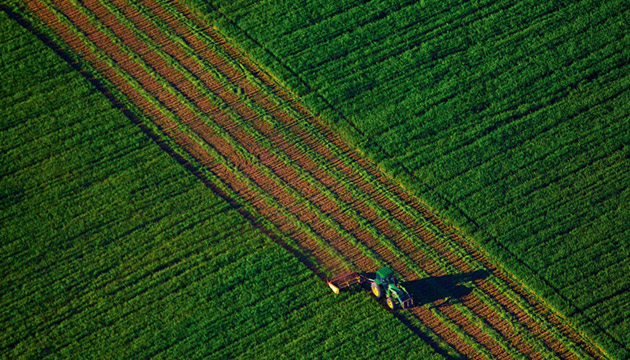Tractors have been doing the heavy pulling in the paddocks of Australia for more than a century. But far from remaining simply workhorses, these slow, strong machines have inspired sport, art and passion.
Story Genevieve Barlow Photo Josh Smith
They've pulled ploughs and seeders, run pumps and powered posthole diggers. They’ve saved towns, become a source of international trade, a driver of mad passions and shared joys. People trek across the nation in them, drag impossibly heavy sleds behind them for sport, make musical instruments out of them, watch telly in them and venerate them. They build sheds and monuments in their honour. They also leave them out under pepper trees and in paddocks until metal junkies arrive to save or smelt them.
The tractor has earned its stripes in Australia, especially in the bush. Stop in any country town or outback community and you’ll invariably find a tractor nut, a collector, a trekker and/or a puller. Out on the vast plains of the Victorian Mallee, the West Australian Wheatbelt and the Queensland hinterland the ‘nuts’ are more pragmatic. They’re farmers bent on boosting productivity with tractors that can pull bigger implements faster and do more with less human input.
Since being invented to replace the horse at the end of the 19th century, tractors have gone from mere lightweights – with the pulling power of 2–20 horses – to heavyweights: today the strongest of them have the pull of 650 (Clydesdale) horses and more. Over time, chuggers that had to be cranked and warmed to start and that left their drivers exposed to the elements have given way to smooth, automated, air-conditioned pleasure domes. Drivers are not yet redundant. But that may not be far away.
This story excerpt is from Issue #90
Outback Magazine: Aug/Sept 2013









